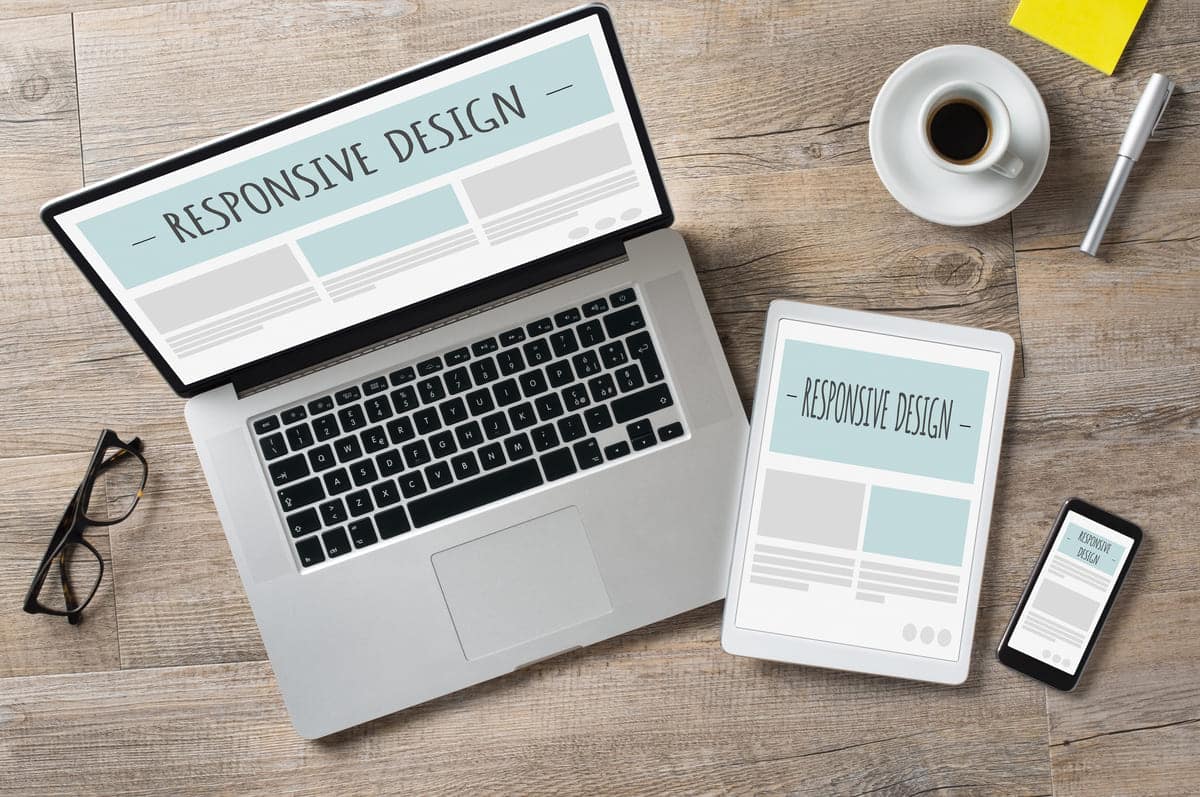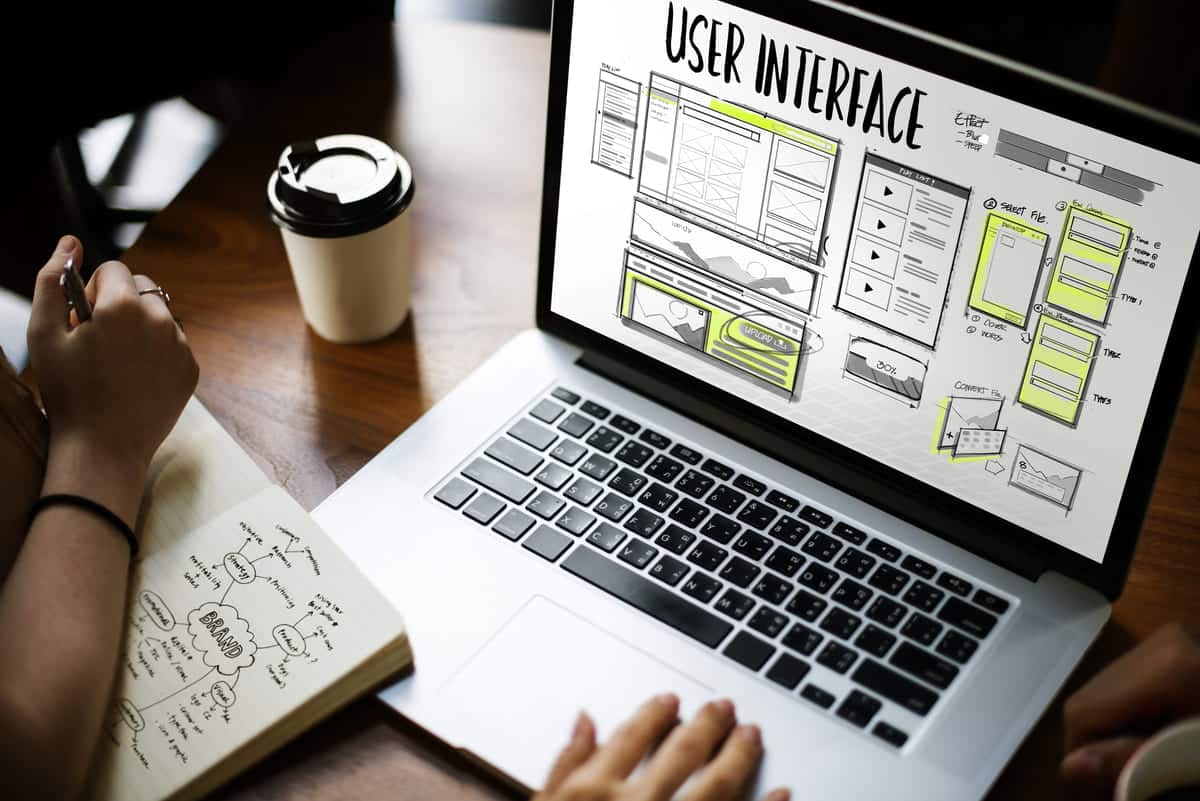What is Web Design?
The main goal is to ensure visitors have a good experience. This means organizing content so it’s simple to find and making sure everything works well on different devices like phones and tablets.
Web design involves layout, graphic design, and user experience design. It’s not about coding or software development but more about the visual and interactive parts of a website.
Good web design helps people enjoy their time on the site and find what they need quickly.
What Were the Early Developments in Web Design?
Web design has a rich history that reflects the evolution of the internet itself. Understanding these early developments gives us insight into how far we have come and the technologies that shaped the web.
Early Developments
The journey of web design began with the birth of the World Wide Web in the early 1990s. Tim Berners-Lee introduced the concept, allowing users to share information across different computers.
The Birth of the World Wide Web
In 1991, the first website was published, featuring basic text and links. It was a simple platform where information could be shared, laying the groundwork for what the web would become.
Initial Text-Based Web Pages and Hyperlinks
Initially, web pages were purely text-based. Hyperlinks allowed users to navigate from one page to another, revolutionizing how information was accessed. This simplicity showcased the potential of the web, leading to further innovations.

Evolution of Technologies
As web design progressed, the introduction of new technologies played a crucial role in transforming how websites were created and experienced.
Introduction and Impact of CSS
In 1996, Cascading Style Sheets (CSS) were introduced, fundamentally changing web design. Before CSS, web pages relied heavily on HTML for structure and presentation. CSS allowed designers to separate content from design, improving layout control, aesthetics, and responsiveness.
Development and Role of JavaScript
Alongside CSS, JavaScript emerged as a game-changing technology in the mid-1990s. It allowed developers to create more interactive and dynamic websites. JavaScript enabled functionalities like form validations, animations, real-time updates, and event handling, enhancing user engagement and experience.
What Tools and Technologies Are Used in Web Design?
Web design relies on a diverse set of tools and technologies to create effective and appealing websites. Understanding these tools can significantly enhance your web design skills.
Web Design Software
A variety of software programs cater to different aspects of the design process. These tools help designers create visually stunning websites with ease.
- Adobe Dreamweaver: This powerful web development tool integrates a visual design interface with coding capabilities, allowing for both design and manual coding.
- Sketch: Popular among UI/UX designers, this offers a streamlined interface for creating interactive prototypes and designs specifically for digital products.
- Adobe XD: This is another favored design tool for wireframing and prototyping, allowing designers to create and test user experiences quickly.
- Figma: A web-based design tool that facilitates real-time collaboration, making it ideal for teams working on web projects.
HTML and CSS
HTML (HyperText Markup Language) and CSS (Cascading Style Sheets) are foundational technologies in web design.
Basics of HTML (Structure, Elements)
HTML provides the structure of a website. It uses a series of elements or tags to define content types, such as headings, paragraphs, and links.
Introduction to CSS (Styling, Layout Control)
CSS is used to style and lay out HTML elements. It controls the visual presentation by defining fonts, colors, spacing, and positioning of content, making websites visually attractive and user-friendly.
JavaScript
JavaScript is a vital programming language that enhances interactivity on web pages. It goes beyond static content, bringing life to a website through dynamic features.
Role and Functions of JavaScript in Enhancing Interactivity
JavaScript allows designers and developers to implement a range of interactive components, such as forms, animations, AJAX for real-time updates, and event handling, making web applications feel more responsive.

Other Technologies and Tools
The web design landscape continues to evolve with various additional technologies and frameworks that support developers.
Overview of Frameworks (Bootstrap)
Bootstrap is a widely-used front-end framework that simplifies the design process. With pre-built components and a responsive grid system, Bootstrap allows developers to create mobile-friendly websites quickly.
Content Management Systems (CMS) like WordPress
Content Management Systems (CMS) empower users to create and manage website content without extensive coding knowledge.
- WordPress: The most popular CMS, known for its user-friendly interface and extensive plugin ecosystem, allows you to build anything from simple blogs to complex websites with minimal technical knowledge.
By utilizing these tools and technologies, web designers can efficiently create sites that are not only visually appealing but also functional and engaging.
What Types of Websites Exist?
Understanding the different types of websites is crucial for web designers. Each type serves unique purposes and requires distinct design considerations.
Static Websites
Static websites are the simplest type. They consist of fixed content that doesn’t change unless manually updated by a developer.
Static websites are ideal for small businesses, portfolios, or personal sites where content doesn’t need frequent updates. However, they offer limited interactivity and customization options.
Dynamic Websites
Dynamic websites respond to user input and can display different content based on various circumstances.
Unlike static sites, dynamic websites pull information from a database, allowing for customizable content based on the user’s preferences or interactions.
PHP and ASP.NET are popular server-side scripting languages used to create dynamic content and interact with databases.
Single-Page Websites
Single-page websites provide all necessary information on a single, scrollable page.
Concept and Advantages
- Users navigate through content sections without traditional reloading, creating a seamless experience.
- Ideal for showcasing portfolios or small businesses where quick interactions are essential.

Responsive and Adaptive Websites
Responsive and adaptive websites ensure that content displays well on all devices, from desktops to mobile phones.
With increasing mobile usage, responsive design has become crucial. It allows websites to adapt fluidly, enhancing usability.
Using flexible grids, layouts, and media queries in CSS helps create responsive designs that accommodate various devices.
What Are the Key Areas of Web Design?
Web design encompasses several key areas that work together to create a functional, attractive, and user-friendly website. Each area plays a distinct role in the overall design process.
Web Graphic Design
Web graphic design focuses on creating visually appealing elements that enhance the aesthetic quality of a website.
Importance of Visual Elements
- Layout: The arrangement of text and images affects how users interact with content.
- Colors: Color schemes can evoke emotions and set the tone.
- Imagery: High-quality images capture attention and communicate messages effectively.
Good web graphic design creates a visually engaging experience.
Interface Design
Interface design ensures that users can interact with the website effectively.
Principles of UI Design
- Ease of Use: An intuitive design makes it simple to navigate.
- Intuitive Navigation: Clear menus help users understand where to find information.
User Experience Design (UX)
User Experience design emphasizes the overall experience a user has when interacting with a website.
Enhancing Usability and Accessibility
- Usability: Focus on making an easily navigable site.
- Accessibility: Ensuring that those with disabilities can access and interact with the website.

What Is User Experience (UX) in Web Design?
User Experience design focuses on creating a meaningful and relevant experience for users. It encompasses usability, accessibility, and performance.
Usability
Usability is critical for ensuring that users can navigate the site effectively.
Key Principles for Making Websites User-Friendly
- Simplicity: Design should be straightforward.
- Consistency: Keeping elements uniform builds familiarity.
Wireframes and Prototypes
Wireframes and prototypes serve as blueprints for a website.
Wireframes are simplified representations that outline where elements will be placed without aesthetic detail.
Prototyping allows designers to test usability concepts, minimizing changes during development.


